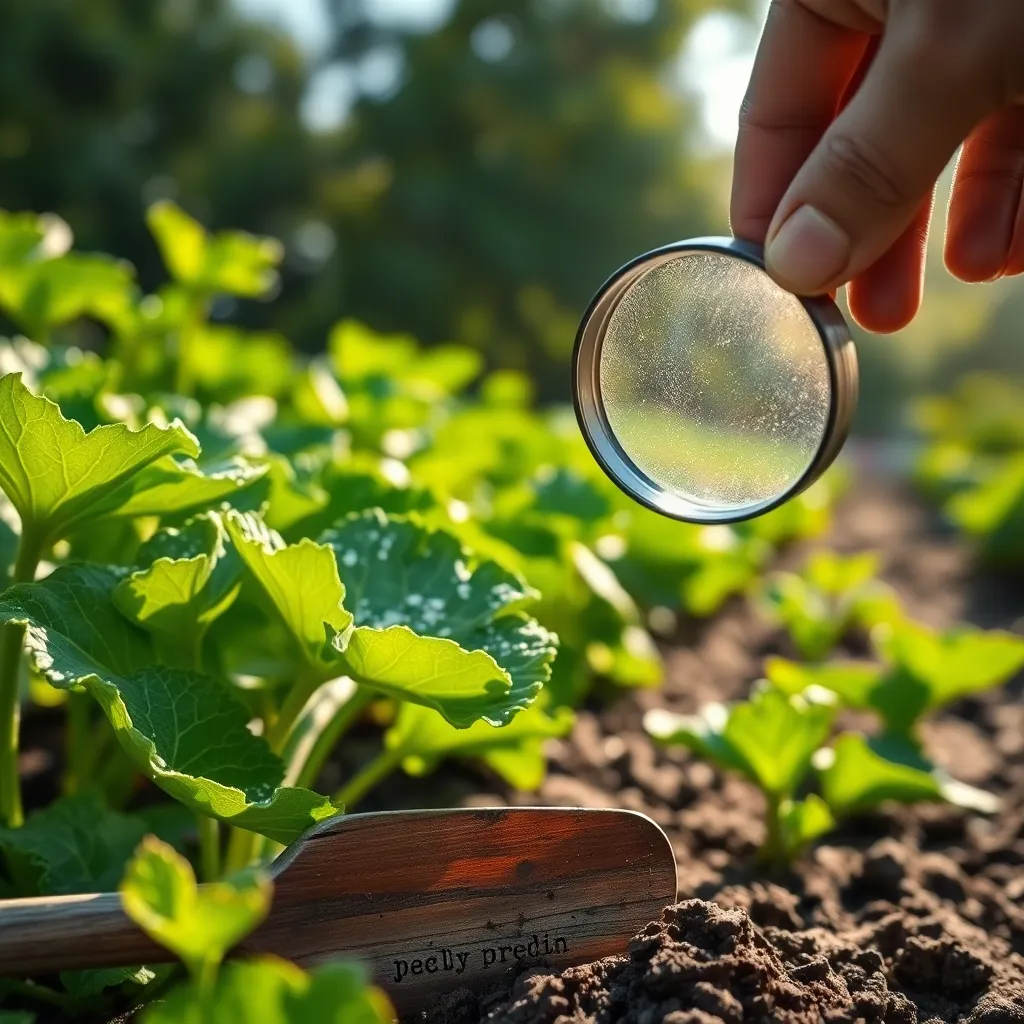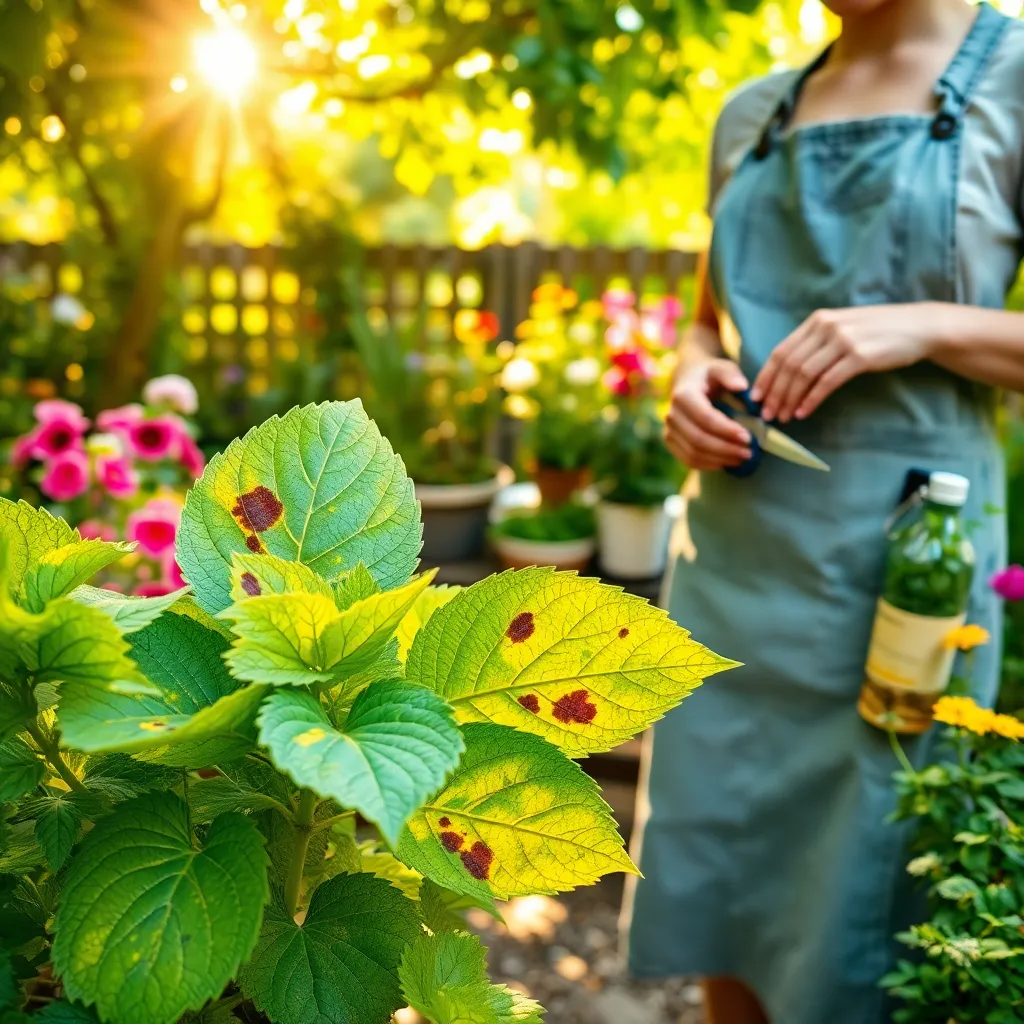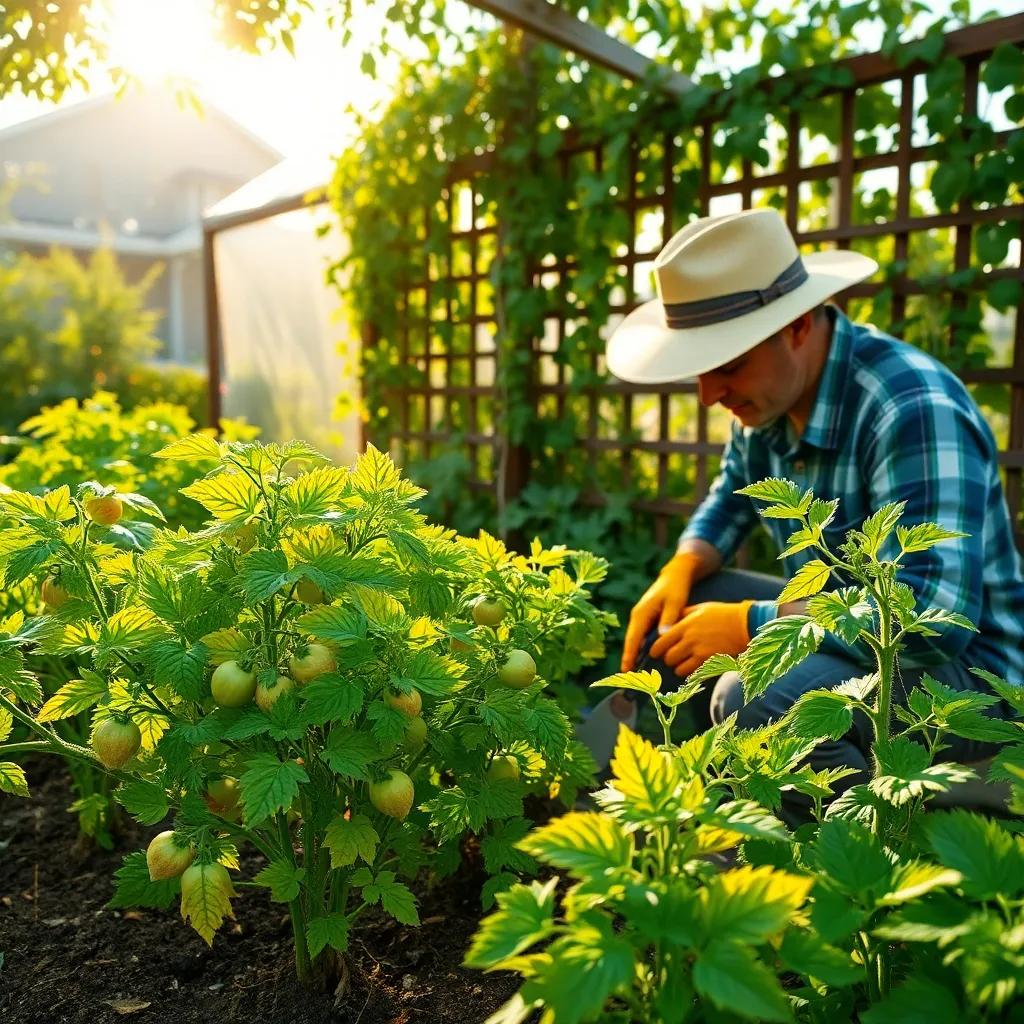There’s nothing quite like the joy of watching your garden flourish, each plant a testament to your care and dedication. However, even the most attentive gardener can face the unwelcome surprise of plant diseases, which can swiftly transform a thriving garden into a source of frustration. Whether you’re just starting to dig your hands into the soil or you’re a seasoned horticulturist, understanding plant diseases is crucial to maintaining your garden’s vitality. These botanical ailments are not just nuisances; they can be lessons in biology and resilience, teaching us how to combat them effectively.
In this article, we will guide you through the process of identifying common plant diseases, helping you to spot the telltale signs before they take a toll on your beloved greenery. From fungal infections to bacterial blights, we’ll explore the diverse range of maladies that can afflict your plants and share practical insights on how to address them. You’ll learn not only how to recognize these issues but also how to treat and even prevent them, ensuring your garden remains a healthy, vibrant oasis. With the right knowledge, you can transform the challenge of plant diseases into an opportunity for growth—both for your plants and your skills as a gardener.
Identifying Powdery Mildew Symptoms

Powdery mildew is a common fungal disease that manifests as a white or grayish powdery coating on the leaves and stems of plants. This disease can affect a wide variety of plants, including roses, cucumbers, and zinnias, making it crucial for gardeners to recognize the early signs.
Observing your plants regularly will help you detect powdery mildew early, which is critical for effective management. Look for signs like distorted leaves or buds, as these can indicate a more advanced infection.
To prevent powdery mildew, ensure your plants are in an environment with adequate air circulation and sunlight. Prune densely growing plants to enhance airflow, and avoid overhead watering to keep foliage dry.
For those dealing with an existing infection, consider applying a fungicidal treatment specifically designed for powdery mildew. Homemade solutions, like a mixture of baking soda and water, can also be effective as a natural remedy if applied consistently.
Treating Leaf Spot Disease

Leaf spot disease is a common issue that affects a wide range of plants, causing unsightly spots on foliage. To identify leaf spot, look for small, round, or irregularly shaped spots that can be brown, black, or yellow and may have a water-soaked appearance.
For successful treatment, it’s crucial to remove and dispose of affected leaves to prevent the spread of the disease. You should also improve air circulation around your plants by pruning overcrowded branches, which helps reduce humidity—a factor that encourages leaf spot.
In terms of soil care, ensure your plants are grown in well-draining soil and avoid overhead watering, which can promote the spread of the fungus. Instead, water your plants at the base early in the morning, allowing moisture to dry off during the day.
Advanced gardeners can consider using a fungicide to control severe outbreaks of leaf spot. Opt for organic options like copper-based sprays, and always follow the manufacturer’s instructions for safe application.
Managing Rust Fungus Infections

Rust fungus infections are a common issue for many gardeners, but they can be managed effectively with the right approach. Early detection is key—regularly inspect your plants for the telltale orange or rust-colored pustules on the undersides of leaves.
Once identified, it’s important to remove and dispose of affected leaves immediately to prevent the spread of the spores. Always use a clean pair of pruning shears and sterilize them with alcohol after each use to avoid contamination.
Improving air circulation around your plants is crucial in preventing rust fungus. Space plants appropriately, and consider pruning overcrowded areas to allow for better airflow, which helps reduce the humidity that rust fungi thrive in.
Watering practices also play a significant role in managing rust infections. Water plants at the base rather than overhead to keep foliage dry, especially during the evening, as wet leaves overnight can promote fungal growth.
For gardeners seeking an organic solution, applying a sulfur-based fungicide can help manage rust fungus effectively. Follow the product instructions carefully and apply during cool, dry weather for the best results.
Detecting Root Knot Nematodes

Root knot nematodes are microscopic worms that attack plant roots, causing the formation of galls or knots. These pests can severely impact plant growth, leading to stunted development and poor yields.
Signs of root knot nematode infestation include wilting, yellowing of leaves, and reduced fruit production, even with adequate watering and nutrients. To confirm nematode presence, gardeners should inspect roots for characteristic galls, which are swollen and distorted.
Practically, rotating crops with non-host plants like corn or wheat every few years can help reduce nematode populations in the soil. Additionally, incorporating organic matter such as compost into the soil can foster beneficial microorganisms that naturally suppress nematodes.
For those with more advanced gardening skills, solarizing soil by covering it with clear plastic during the hottest months can effectively kill nematodes. This technique raises soil temperatures to levels that are lethal to these pests, offering a chemical-free solution to manage infestations.
Controlling Bacterial Wilt Spread

Controlling the spread of bacterial wilt begins with understanding its symptoms and potential causes. This disease often manifests as sudden wilting in the heat of the day, despite adequate watering, and is caused by the bacterium Ralstonia solanacearum.
To prevent bacterial wilt, focus on planting resistant varieties of susceptible plants like tomatoes and peppers. Rotating crops annually can also help minimize the presence of the bacteria in the soil, reducing the chance of infection.
Maintaining good garden hygiene is crucial in controlling the spread of this disease. Ensure that any infected plants are removed promptly and disposed of properly to prevent the bacteria from spreading to healthy plants.
Improving soil drainage and structure can greatly reduce the incidence of bacterial wilt. Incorporating organic matter such as compost can enhance soil health, making it less conducive to bacterial growth.
For more advanced pest management, consider the use of soil solarization during the hot months. This technique involves covering the soil with clear plastic to trap heat, effectively reducing the population of harmful bacteria.
Conclusion: Growing Success with These Plants
In exploring ‘Identifying And Treating Common Plant Diseases’, we’ve delved into the five essential relationship concepts that parallel plant care: recognizing early signs of trouble, understanding the underlying issues, effective communication (or treatment) strategies, the importance of consistent care, and the role of patience in nurturing growth. Each of these principles plays a vital role not only in maintaining the health of your plants but also in fostering thriving relationships.
As a practical next step, take a moment today to observe your plants or relationships closely. Identify any early signs of distress and consider how you might apply these concepts to address them. Whether it’s initiating a heartfelt conversation or adjusting your care routine, small actions can lead to significant change.
Remember to bookmark or save this article as a handy reference guide. Having this wealth of knowledge at your fingertips will empower you to tackle any future challenges with confidence and clarity.
Looking ahead, embracing these principles will enhance your relationships, allowing them to flourish and grow stronger over time. With each mindful step, you’re cultivating a future filled with vibrant, resilient connections. Your journey towards successful relationships starts now—let’s nurture it together!

